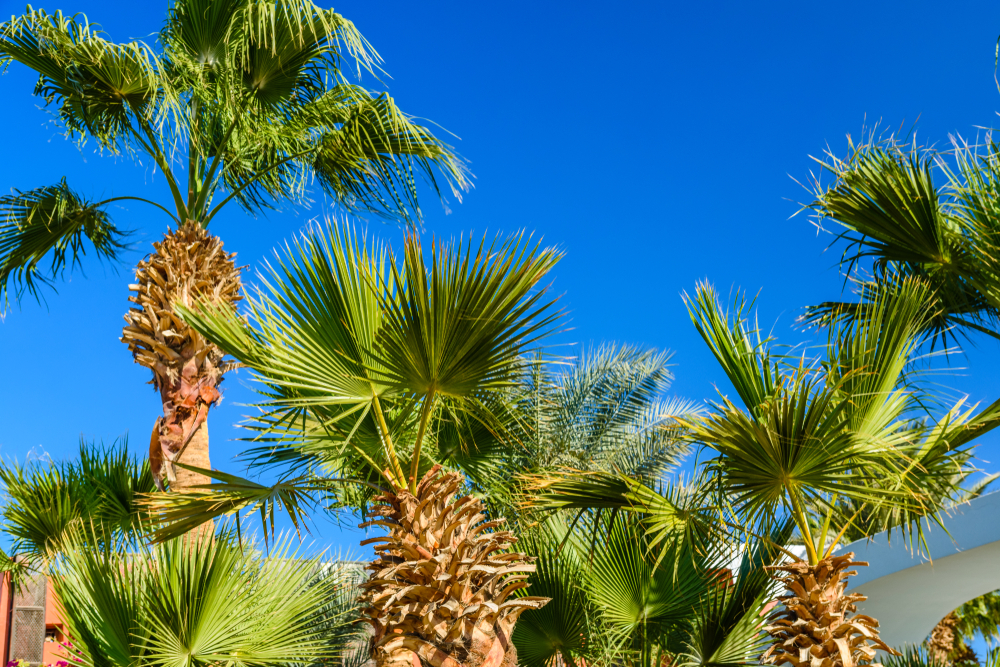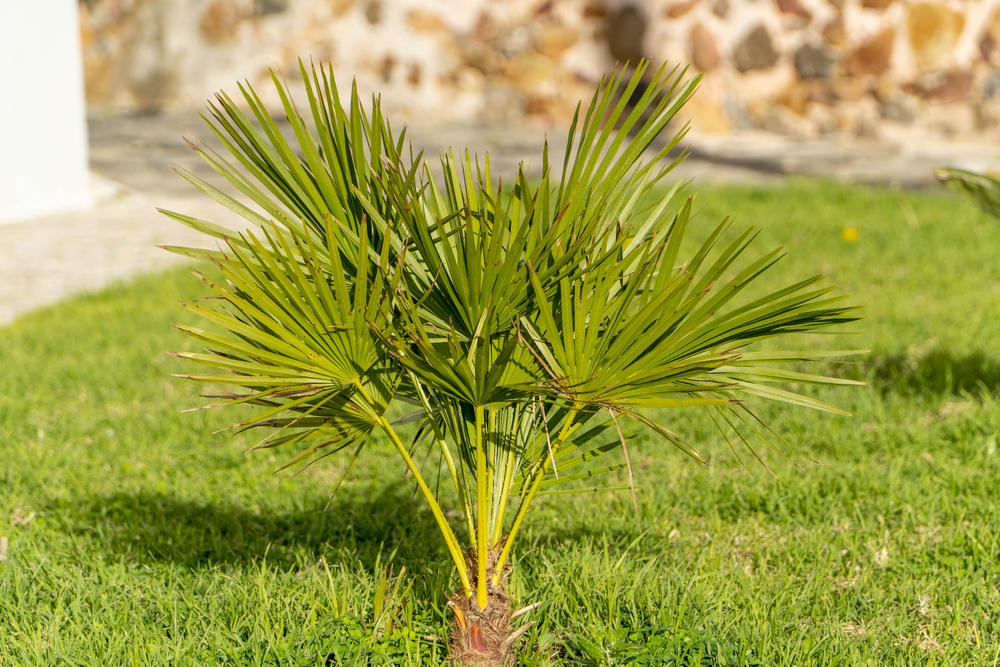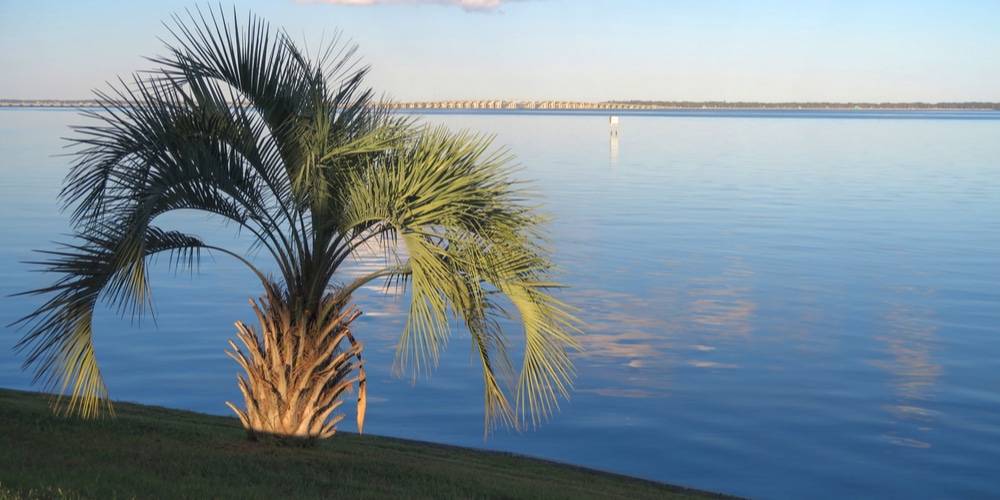Deep in the heart of Texas, palm trees sway in the breeze. It’s hard to believe that such exotic-looking plants could thrive in the Lone Star State, but they do! Considering Texas is a huge state, and its climate varies widely, it’s no surprise that there are several different types of palm trees that call this place home.
In the western side of Texas, where the climate is similar to Arizona, dusty, dry, and hot, there might only be a few hardy palms that can survive. However, travel to the upper Gulf Coast, and you’ll find a whole different story. There, the climate is more humid and tropical. Lush rainforests and bayous abound, and so do palm trees.
What Palm Trees are Native to Texas?
When people think of palm trees, it’s easy to envision tropical beaches with white sand and turquoise waters. Some may find it hard to believe, but Texas is home to 3 native palm tree varieties:
Sabal Mexicana
Also known as the Mexican Palmetto, you’ll find multiple similarities in terms of physical appearance with Florida’s Sabal Palmetto. Its towering trunk and long, graceful leaves give it a regal appearance.
However, you won’t find Sabal Mexicana just anywhere in Texas. They’re commonly found and only grow in the Rio Grande Valley, alongside other parts of Central America and Mexico.
Sabal Minor
Considered to be one of the most widespread palms in Texas, Sabal Minor is cold hardy. It can withstand even 0-degree temperatures for short periods. As a result, it’s not uncommon to see them in Piney Woods just along the Arkansas and Oklahoma border, and with some appearing in San Antonio and Austin.
Its distinct fan-like leaves and petite stature set it apart from other palm varieties in Texas. Although shorter than most, it’s not uncommon for them to reach heights of 20 feet.
Sabal Brazorensis
The palm was discovered in Brazoria county, hence the name. Its foliage is similar to Sabal Minor, with the exception of its leaves. They’re larger and have a rougher texture.
Although the identity and history of this palm are shrouded in mystery, botanists believe that it’s a cross between Sabal varieties.
Palm Trees That Hold Up Pretty Well in Texas
Aside from the three natives we’ve mentioned above, Texas can also be home to other palm varieties. While there are numerous palm varieties that do well in the state, we’ll mention our top three favorites:
Needle Palm
Among the different palm trees in our list, the needle palm is considered to be one of the cold hardiest trees that can survive even up North in Texas. Thriving in USDA zones 6-10, this palm makes a great landscaping plant, whether it be in the Panhandle or the Gulf Coast area.
Dwarf Date Palm Tree
For compact gardens and landscapes, the Dwarf Date Palm Tree is an excellent choice. It’s a slow-growing palm that can get up to 10 feet tall, simply perfect for smaller yards.
The lustrous, deep green leaves of this palm and its arching fronds give it a tropical look that’s sure to turn heads. It has a slender trunk that’s covered with fiber, and its leaves are arranged in a graceful crown.
You may also know it by its common name, pygmy date palm. This palm does well, whether it is in full or with a bit of shade, and grows best in USDA zones 9-11.
Pindo Palm Tree
You’ll easily recognize the Pindo palm tree by its blue-green leaves that resemble feather dusters. Interestingly, you’ll see small and fragrant flowers blossom in clusters during the summer, followed by yellow-orange fruits with a pineapple-like taste.
Also thriving in USDA zones 9-11, this is mostly seen in the upper Gulf coast. If you have a beautiful spot that receives consistent sunlight throughout the day, you’ll surely see the Pindo palm tree do well in your landscape.
Does Texas Have Palm Trees: Final Thoughts
Many states in America have palm trees. Despite its dry and desert-like climates in some parts of the state, palm trees have found a way to survive and even thrive in Texas. With some natives and a few transplanted varieties, you’ll have no trouble finding a palm tree that will do well in your landscape.
So, does Texas have palm trees? The answer is a resounding yes! Not only does the state have its own native palms, but it’s also home to other transplanted varieties that can withstand larger metropolitan areas.


